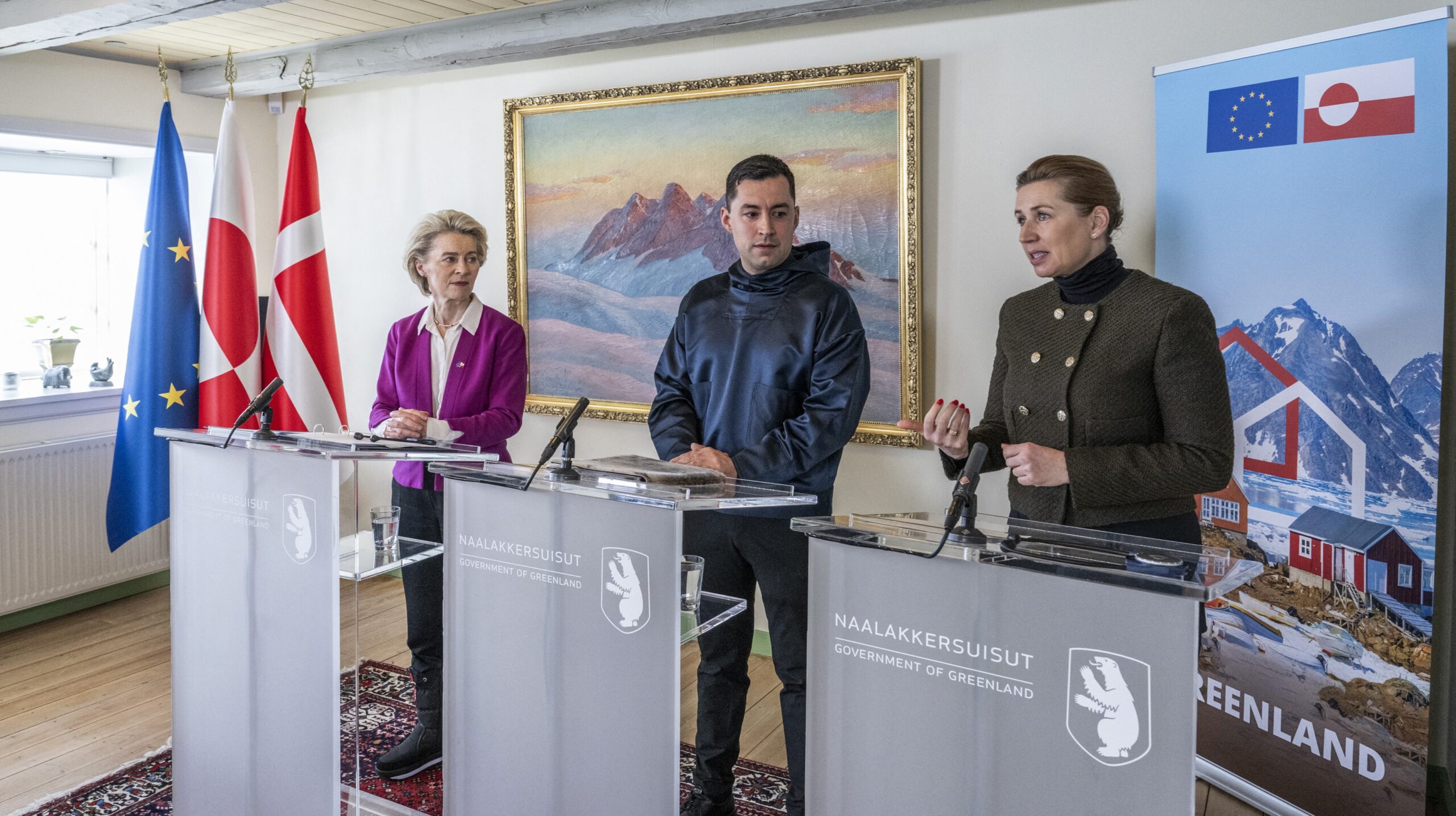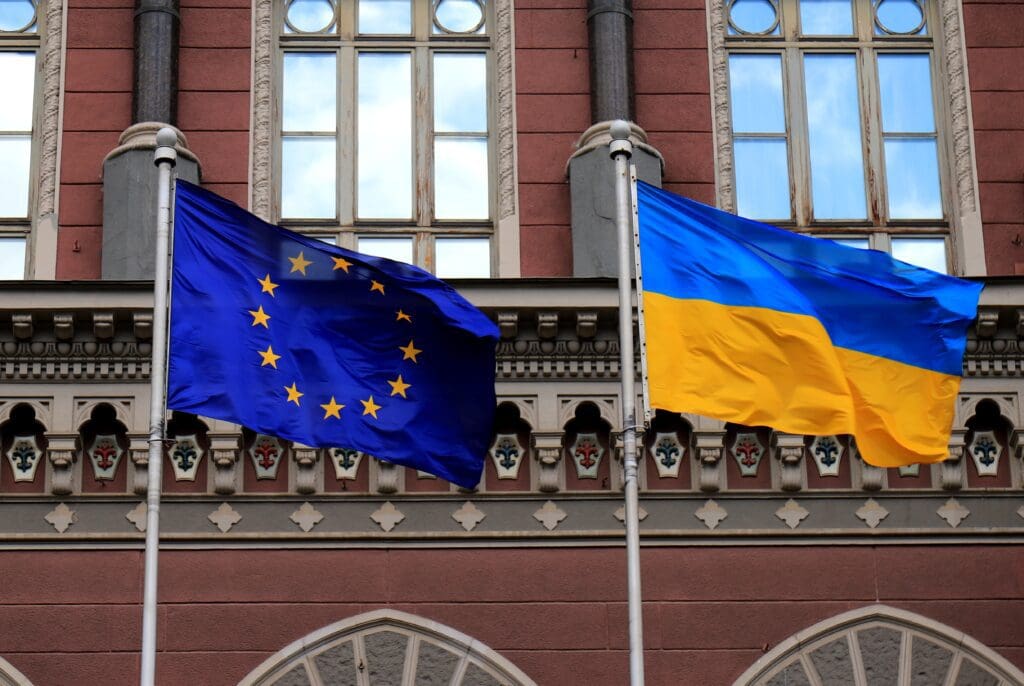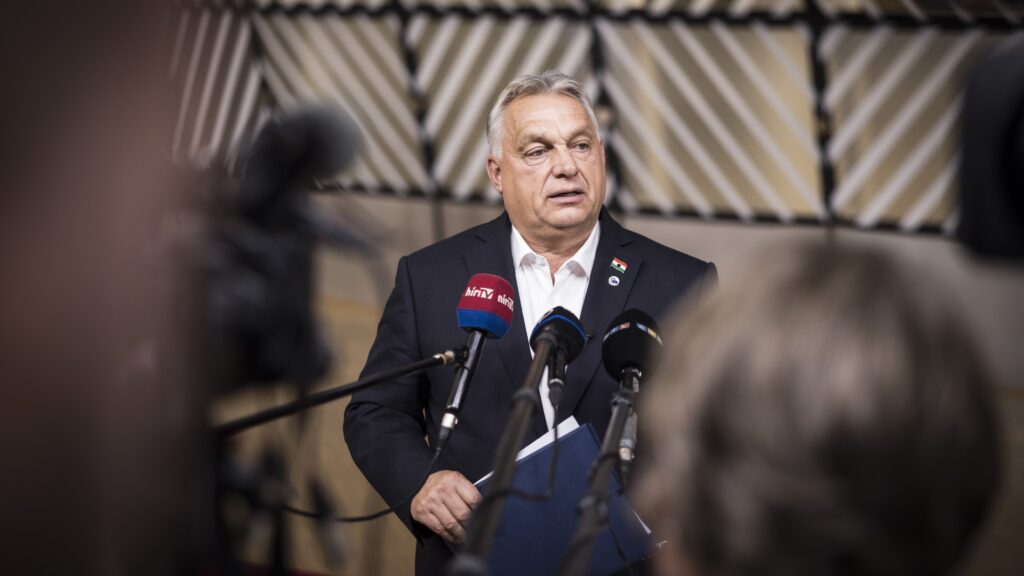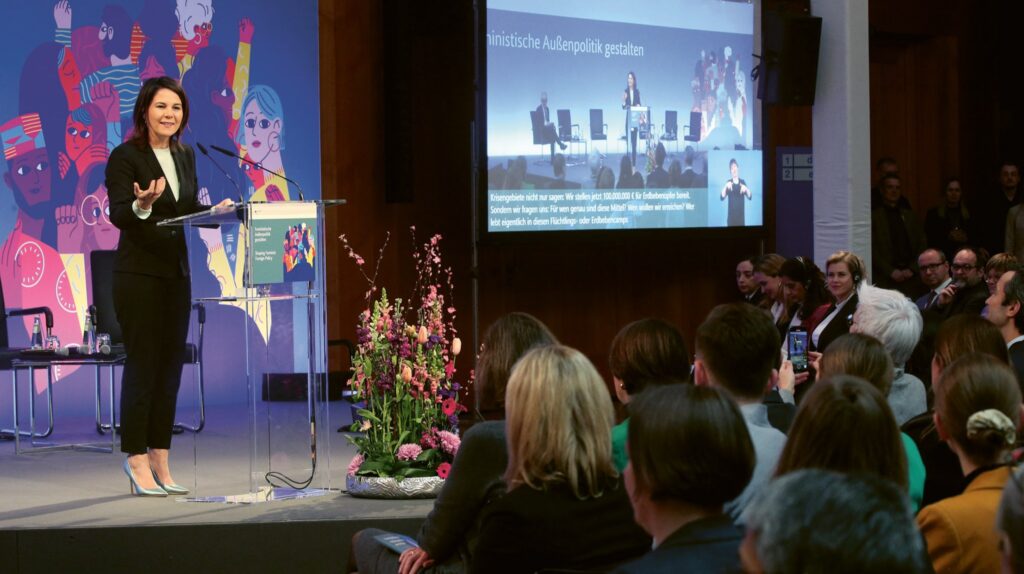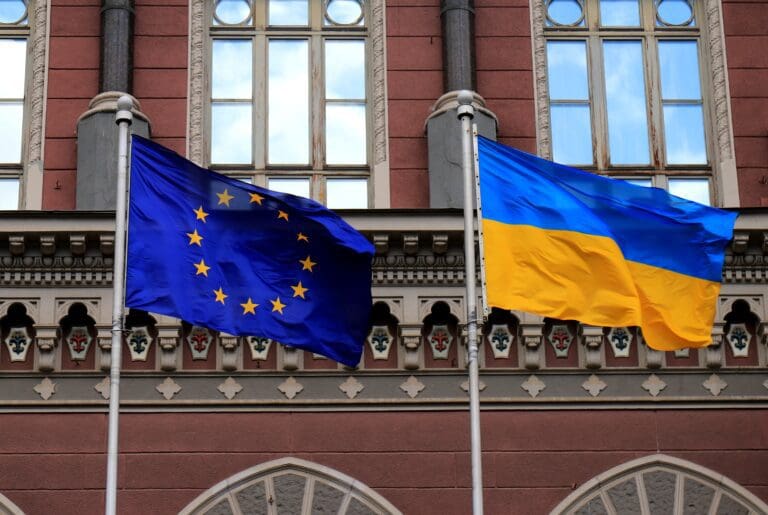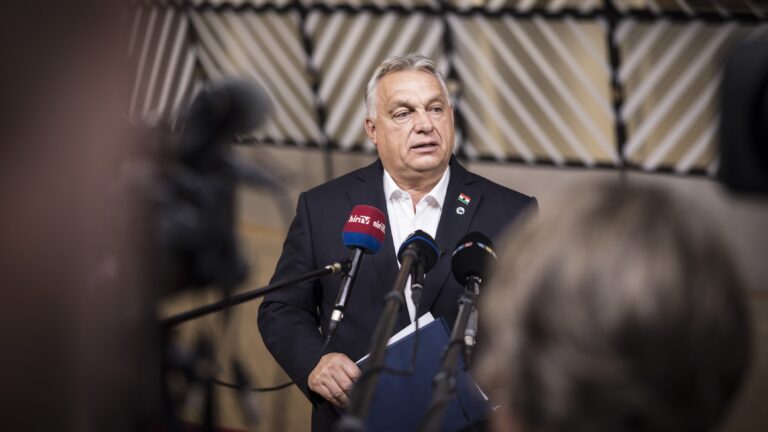The following is an adaptation of an article written by the Minister for Regional Development and Public Administration and a researcher at the Europe Strategy Research Institute Tibor Navracsics, originally published on the Five Minutes Europe blog of Ludovika.hu.
Nowadays Greenland is a trendy topic. Since then US President-elect, now President Donald Trump announced at a press conference that he would acquire ownership of the island at any cost, the territory, which is geographically more American, but historically more European, has been in the headlines daily. But few people remember that forty years ago, Greenland became a media star for a few weeks the same way when in the framework of a referendum, it decided to be the first in history to leave the integrationist institution then known as the European Community.
The status of Greenland, which had been under continuous Danish conquest for centuries, first changed in 1953, when it was transformed from a Danish colony to a county and became part of the regular Danish administration. Denmark formally applied for membership in the European Economic Community, as it was then called, in 1961. Greenland participated in the negotiations as an integral part of Denmark, with the Danish negotiating delegation representing Greenland’s special interests throughout. Due to the island’s geographical location, one of the most sensitive issues was the common fisheries policy and the related industrial policy, so it is no wonder that Denmark considered the temporary concessions to the Greenlandic fishing and fish processing industry a great success.
However, even the otherwise successful negotiations could not make the Inuit unconditional supporters of European integration. In October 1972, after the negotiations had been formally concluded, the Danes, along with the other states considering accession, held a referendum on their country’s membership of the European Community. While almost two-thirds of the Danish population—63.5 per cent to be precise—were in favour of accession, 70.8 per cent of the citizens of Greenland rejected the idea of belonging to the European Community.
Regardless of the outcome in Greenland, the island became a member of the European Community along with Denmark, but the Inuit were reluctant to participate in European integration from the very beginning. Then, 1979 was a turning point in Danish–Greenlandic relations. The autonomist movement that began in 1973—largely as a result of the referendum rejecting membership of the Community the previous year—gave rise to political parties that, in addition to independence, were already advocating the departure from the European Community.
‘The Inuit were reluctant to participate in European integration from the very beginning’
The success of their efforts was the adoption of an autonomy law in January 1979, which allowed the formation of a Greenlandic legislature and government. The successful agreement reached with the Danes only encouraged the political forces in Greenland to move forward, now also concerning the European Community. On 23 February 1982, a consultative—that is, non-binding—referendum was called to advise the decision-making bodies on whether Greenland should remain a member of the European Community with Denmark after achieving autonomy.
The result of the referendum was more favourable to the supporters of European integration than ten years earlier but still fell short of their hoped-for victory. While 70.8 per cent of voters rejected membership in the Community in 1972, the figure for 1982 was only 52 per cent, but that was still enough for an absolute majority. As the Danish government had already announced beforehand that it considered itself bound by the result of the referendum, it informed the Community institutions of the decision of the Greenlanders immediately after the results were published and demanded that the Treaty be amended under the decision, namely, that Greenland be ‘taken out’ of the Treaty text.
The situation was made more difficult by the fact that the Treaty did not at that time contain any provision for a member state or a region of a member state to withdraw from the European Community. Only the Lisbon Treaty, which entered into force in 2009, settled this issue for the first time, creating the legal framework for Brexit.
‘The Treaty did not at that time contain any provision for a member state to withdraw from the European Community’
The legal solution was finally provided by the adoption of the so-called Greenland Treaty by the Council on 13 March 1984, which in practice contained provisions on how the island could leave the European Coal and Steel Community, the European Economic Community, and Euratom. The Treaty was subsequently ratified by the legislatures of the other member states in 1984, opening the way for Greenland to leave the European Community on 1 February 1985, setting a precedent for Brexit in the United Kingdom more than 20 years later.
Related articles:
Click here to read the original article.

